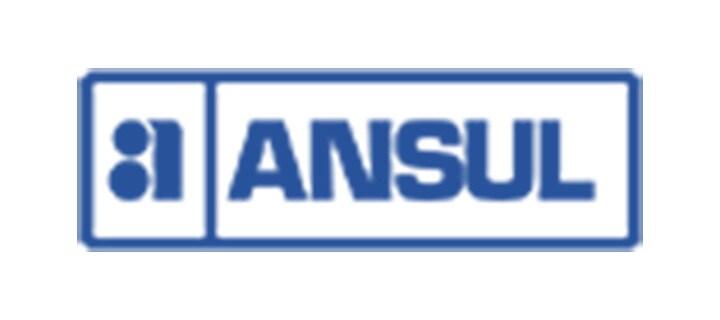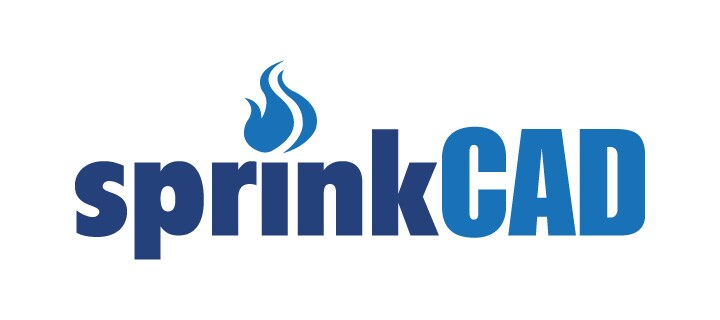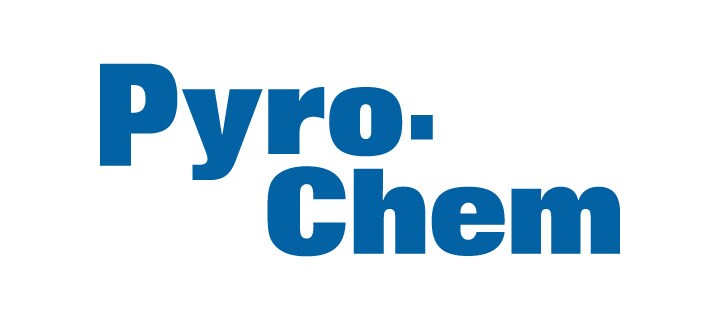- Johnson Controls
- Building Insights
- Challenging the status quo of ESCO procurement methods
Funding infrastructure improvements: Why can’t the process be similar to buying a car?
Challenging the status quo of ESCO procurement methods
By Mark Reinbold
VP and General Manager, Advanced Solutions, Performance Infrastructure, Johnson Controls Building Solutions North America
 Chances are that you go to a dealership and jump into a test drive of a car that you hope you will love. After you settle on the model, color and options and are excited to buy it, if you’re like most people the next stop is the financing office where you figure out how you will finance it. After getting pitched on paint sealants and extended warranties, you leave the dealership exhausted – but behind the wheel of the new car!
Chances are that you go to a dealership and jump into a test drive of a car that you hope you will love. After you settle on the model, color and options and are excited to buy it, if you’re like most people the next stop is the financing office where you figure out how you will finance it. After getting pitched on paint sealants and extended warranties, you leave the dealership exhausted – but behind the wheel of the new car!
What if that process was reversed? What if you never even took the test drive or picked the model or color? Would you feel compelled to jump into negotiations on things like the lease payments and the warranty?
Likely not. Unfortunately, this is how the ESCO industry has sold energy efficiency projects for years. Sell the benefits of a performance contract, develop a project, add as much capital improvements that the cash flow will support and end up building a project where the energy savings are consumed by the capital necessary to achieve them.
We need to flip the process on its head and get re-focused on the facility needs to deliver on your mission: better learning environments for students, better healing environments for your patients, and a more connected and efficient city to attract and retain business and residents. By working with an expert to help plan around your organization’s needs – such as stakeholder alignment, audits and assessments of equipment, planning and prioritizing improvements – your goals are more obtainable and desired outcomes remain the primary focus.
“By working with an expert to help plan around your organization’s needs – such as stakeholder alignment, audits and assessments of equipment, planning and prioritizing improvements – your goals are more obtainable and desired outcomes remain the primary focus.”
 Instead of better gas mileage or a more reliable mode of transportation, the needs for your facility or city probably look more like addressing deferred maintenance, improving infrastructure, or controlling or reducing operational expenses. No matter what they are, or how many you have, there’s a plan and an approach to manage construction and ongoing operational risk and ensure you’re getting the most value for your money and that best aligns with the capabilities and risk appetite of your organization.
Instead of better gas mileage or a more reliable mode of transportation, the needs for your facility or city probably look more like addressing deferred maintenance, improving infrastructure, or controlling or reducing operational expenses. No matter what they are, or how many you have, there’s a plan and an approach to manage construction and ongoing operational risk and ensure you’re getting the most value for your money and that best aligns with the capabilities and risk appetite of your organization.
Buildings or Infrastructure as a Service: It’s an UBER without the driver – you pay a monthly payment for the availability and the ability to drive the car you want, but don’t own it. Your service provider or operator handles the maintenance, taxes, cleaning and upgrades, and all you do is pay a monthly fee and put gas into the car. Why can’t we buy a building or critical infrastructure in this manner? By transferring ownership, customers can show up and do their core business, while a service provider ensures availability and quality of the building or infrastructure, and therefore manages the risk. The customer is billed periodically over the concession term for results and outcomes such as uptime, capacity and plant output while their private sector partners hold the asset either through outright ownership or under a limited term ground lease or concession agreement.
Design, Build, Finance, Operate and Maintain (DBFOM): Allows customers to transfer risk to an operator or third party without transferring ownership. DBFOM arrangements involve the customer contracting a third-party consortium of companies who assume the full risk of designing, building and operating the asset, while the customer pays over time via output or availability.
Performance Contracts (PC, EPC, ESPC): Driven by legislation at the local and state level, where energy and operational savings are used to offset the cost of building improvements through savings over a fixed period. An ESCO guarantees the savings and will pay if the savings targets are not met.
Design-Build (Energy Services Contract [ESC] or DBIA Agreement): Typically used for a traditional construction project, an ESCO uses a business case to support the offer to design and install infrastructure improvements benefiting utilities, maintenance, operations, and capital savings. This may or may not show a payback during the finance term and may not come with a performance guarantee.
These four procurement approaches give you, the building owner, the option to decide the level of risk and management you want to take on – or relieve yourself of – when financing, improving and maintaining your environment. Stay tuned for more articles as we explore each option in greater detail, along with the financing vehicles that best enable each, and help you get on the road to success.
Related Items

Energy Performance Contracting
Johnson Controls’ Energy Performance Contracting helps organizations make their energy efficiency a reality by keeping facility upgrades within financial reach.
Innovating the future of water
Water utility leaders are constantly looking for new, innovative ways to improve water efficiency, to maximize billable water and sewer revenue, to reduce their operational and maintenance expenditures, and to better serve their account holders.
Approaching And Funding Smart Improvements In Local Government
Local governments have had to set up relief measures across towns, cities, and counties and provide healthy environments for citizens and businesses during the COVID-19 crisis. Johnson Controls is committed to helping local governments by utilizing the global experience we have gained fighting the pandemic.
Colorado State University Pueblo to save with Johnson Controls Performance Infras…
Johnson Controls' energy performance contract enabled CSU-Pueblo to reduce energy consumption and invest in infrastructure without breaking the bank.















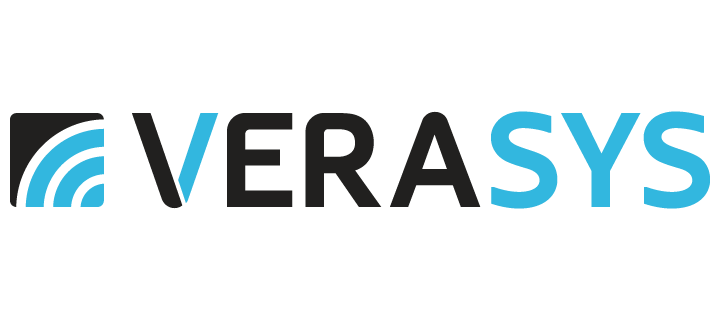

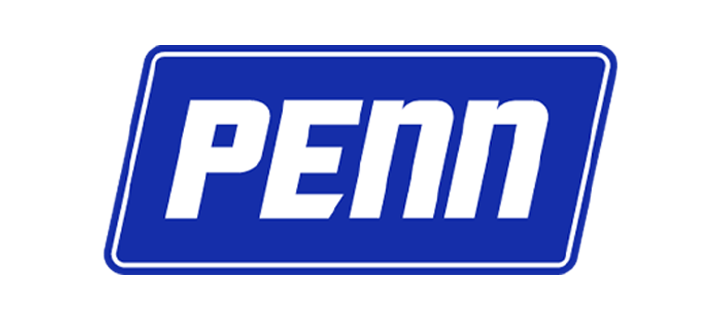

.jpg?la=en&h=320&w=720&hash=244C75B74F0F77521D56164450973BCD)
